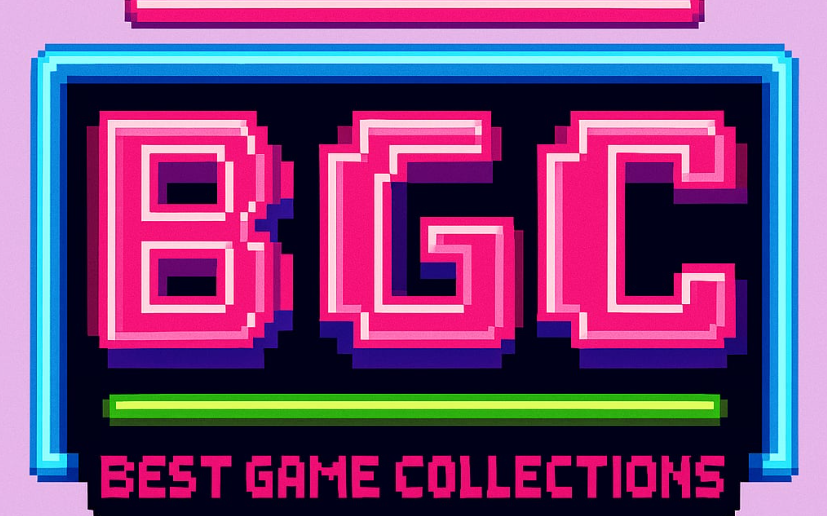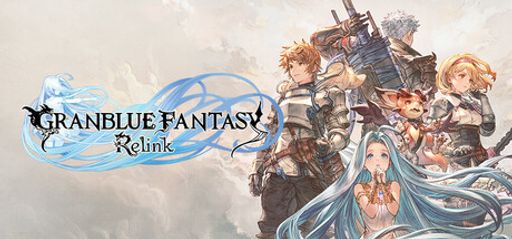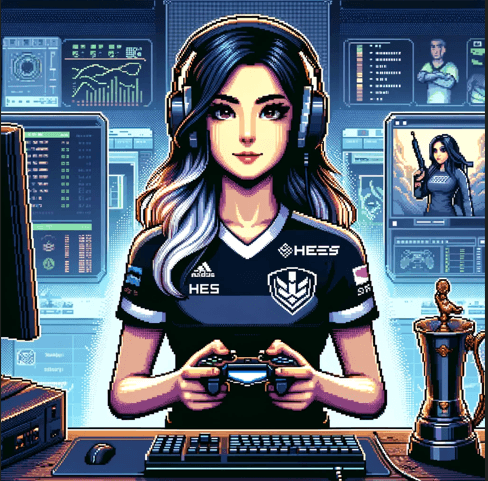 Hey everyone, let’s kick off with Granblue Fantasy: Relink by Cygames, published by Cygames, Inc. To start, from what I’ve seen, players love its exciting fights and special moves. In particular, many praise the tight controls and Link Attacks. Although some find the story a bit predictable, fans still enjoy its heartfelt moments. Speaking as a competitive gamer, I like that boss patterns need exact timing. Meanwhile, the bright visuals make each combo feel strong, and the varied enemies keep you alert. What’s more, having both single-target and area attacks means each boss fight feels fresh.
Hey everyone, let’s kick off with Granblue Fantasy: Relink by Cygames, published by Cygames, Inc. To start, from what I’ve seen, players love its exciting fights and special moves. In particular, many praise the tight controls and Link Attacks. Although some find the story a bit predictable, fans still enjoy its heartfelt moments. Speaking as a competitive gamer, I like that boss patterns need exact timing. Meanwhile, the bright visuals make each combo feel strong, and the varied enemies keep you alert. What’s more, having both single-target and area attacks means each boss fight feels fresh.
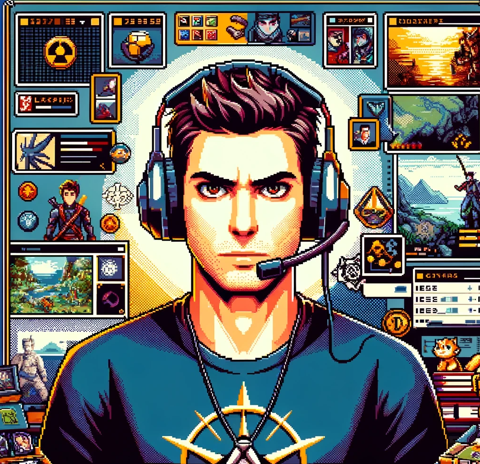 I agree. Cygames built this on Unreal Engine 4, mixing high-quality graphics with its mobile roots. Notably, players are big on the Fate Episodes side quests—they add backstory for each skyfarer. While critics point out repeat boss fights, I see enough variety in attack phases to keep hunting new gear. For completionists, if you’re into 100% completion, the game offers plenty of chests, collectibles, and journal entries through Lyria’s journal. Plus, side quests feature special scenes that unlock new skills and rewards, making replay fun. At the same time, the steady pace of loot drops keeps completionists driven without overwhelming casual players.
I agree. Cygames built this on Unreal Engine 4, mixing high-quality graphics with its mobile roots. Notably, players are big on the Fate Episodes side quests—they add backstory for each skyfarer. While critics point out repeat boss fights, I see enough variety in attack phases to keep hunting new gear. For completionists, if you’re into 100% completion, the game offers plenty of chests, collectibles, and journal entries through Lyria’s journal. Plus, side quests feature special scenes that unlock new skills and rewards, making replay fun. At the same time, the steady pace of loot drops keeps completionists driven without overwhelming casual players.
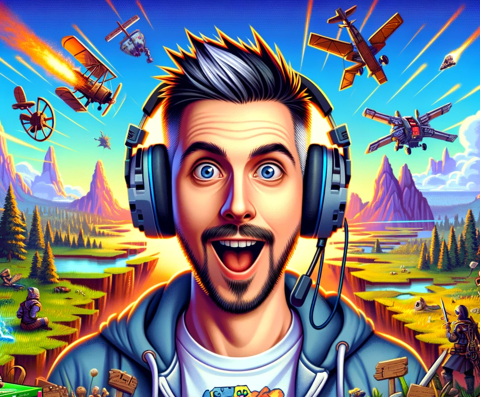 From an open-world explorer’s view, I enjoy how the sky islands are laid out. For example, Zegagrande Skydom feels alive. According to developers, they wanted to blend Monster Hunter’s quest flow with action RPG style. In addition, environmental puzzles like wind currents lifting your ship push the genre forward. Though some players say it can feel grindy, I like the challenge of fine-tuning gear. Moreover, traveling between islands and random sky events adds surprise challenges. Ultimately, exploring pays off with hidden story spots that deepen the game’s theme.
From an open-world explorer’s view, I enjoy how the sky islands are laid out. For example, Zegagrande Skydom feels alive. According to developers, they wanted to blend Monster Hunter’s quest flow with action RPG style. In addition, environmental puzzles like wind currents lifting your ship push the genre forward. Though some players say it can feel grindy, I like the challenge of fine-tuning gear. Moreover, traveling between islands and random sky events adds surprise challenges. Ultimately, exploring pays off with hidden story spots that deepen the game’s theme.
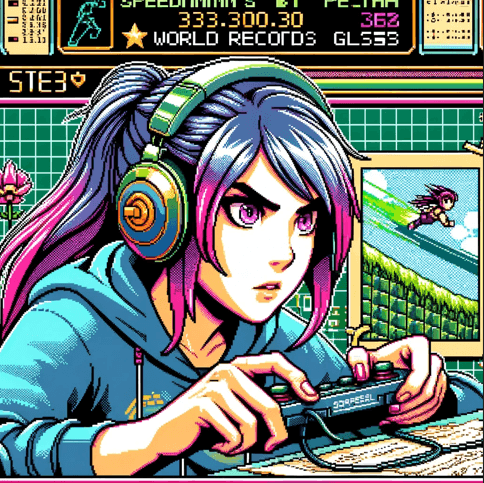 As a speedrunner, I love the clear openings in Granblue Fantasy: Relink’s combat. You can cancel animations with dodge rolls to shave seconds off boss fights. The Assist Mode lets basic AI join you, but I always play without it. Though some note the grind, optimized routes have cut my run times in half. Cygames’s co-op netcode stays steady even with four players. Consistent loading times across platforms cut downtime, which is key for refining runs. And clear speedrun leaderboards keep the competition friendly.
As a speedrunner, I love the clear openings in Granblue Fantasy: Relink’s combat. You can cancel animations with dodge rolls to shave seconds off boss fights. The Assist Mode lets basic AI join you, but I always play without it. Though some note the grind, optimized routes have cut my run times in half. Cygames’s co-op netcode stays steady even with four players. Consistent loading times across platforms cut downtime, which is key for refining runs. And clear speedrun leaderboards keep the competition friendly.
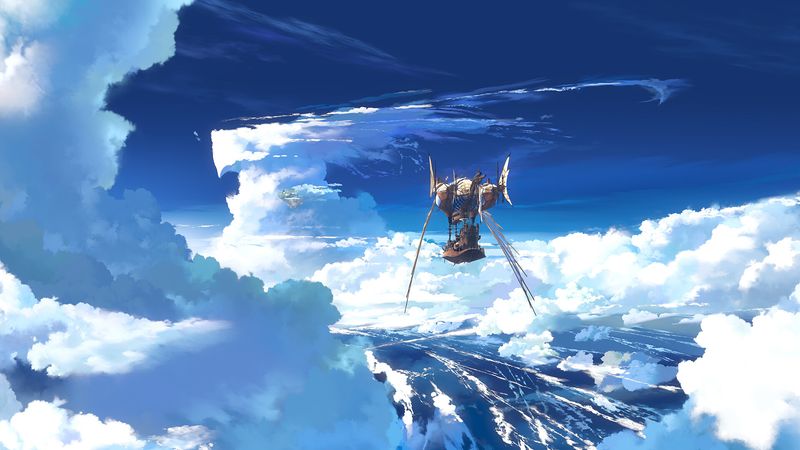
 Moving into gameplay mechanics, the Link Attack combo system feels new. Each skyfarer has their own gauge and moves. You chain Burst Attacks to boost damage, like in some Tales games. Switching characters mid-combo adds depth. Gadget-style items, like Vyrn’s bomb, add flair. The elemental system lets you switch tactics to hit weak points. Blending aerial and ground combos also raises the strategy above typical action RPGs.
Moving into gameplay mechanics, the Link Attack combo system feels new. Each skyfarer has their own gauge and moves. You chain Burst Attacks to boost damage, like in some Tales games. Switching characters mid-combo adds depth. Gadget-style items, like Vyrn’s bomb, add flair. The elemental system lets you switch tactics to hit weak points. Blending aerial and ground combos also raises the strategy above typical action RPGs.
 True, and exploring each island reveals hidden gears and switches. You use Lyria’s Aether Blast to clear obstacles or open secret paths. I mapped every island to find all 32 sky crystals. The cross-unlock system ties side quests into the main story smoothly. Rare world bosses on certain islands make you revisit after max level. Optional timed challenges also give variety for those wanting more depth.
True, and exploring each island reveals hidden gears and switches. You use Lyria’s Aether Blast to clear obstacles or open secret paths. I mapped every island to find all 32 sky crystals. The cross-unlock system ties side quests into the main story smoothly. Rare world bosses on certain islands make you revisit after max level. Optional timed challenges also give variety for those wanting more depth.
 I compare it to Xenoblade’s real-time input, but Relink focuses on four-player teamwork. Chain Bursts need boosts from friends or AI. I’ve seen players stream and share co-op tips already. It feels like a fresh take on party-based ARPGs. Unlocking synergy skills between characters encourages mixing parties. Fans have made tier lists for the best setups, showing the system’s replay value.
I compare it to Xenoblade’s real-time input, but Relink focuses on four-player teamwork. Chain Bursts need boosts from friends or AI. I’ve seen players stream and share co-op tips already. It feels like a fresh take on party-based ARPGs. Unlocking synergy skills between characters encourages mixing parties. Fans have made tier lists for the best setups, showing the system’s replay value.
 Combat timing reminds me of Bayonetta’s witch time, but you rely more on teammates. Perfect dodges slow time for longer combos. My best Normal run beats Criselda the Thunder Drake in under two minutes. The stunt score system also rewards precision with bonus points, adding another layer for advanced players. This pushes mastering dodges and counters to boost run efficiency.
Combat timing reminds me of Bayonetta’s witch time, but you rely more on teammates. Perfect dodges slow time for longer combos. My best Normal run beats Criselda the Thunder Drake in under two minutes. The stunt score system also rewards precision with bonus points, adding another layer for advanced players. This pushes mastering dodges and counters to boost run efficiency.
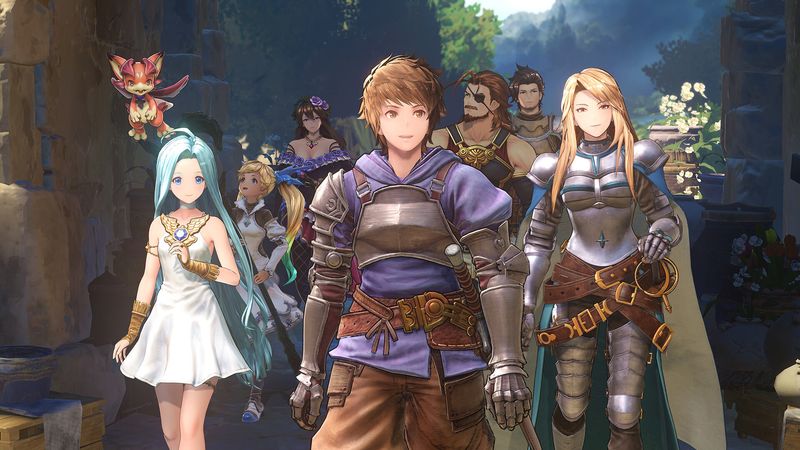
 On story and narrative, Cygames promised a grand sky adventure. We meet Vyrn, Lyria, and the captain. Some say characters feel too kind, but that warmth builds attachment. The pacing lands hard at key moments. In an Edge Magazine interview, Cygames said they aimed for a simple start, then an epic end. Themes of trust and friendship come through in character arcs. A few dialogue choices give light player control, boosting replay appeal.
On story and narrative, Cygames promised a grand sky adventure. We meet Vyrn, Lyria, and the captain. Some say characters feel too kind, but that warmth builds attachment. The pacing lands hard at key moments. In an Edge Magazine interview, Cygames said they aimed for a simple start, then an epic end. Themes of trust and friendship come through in character arcs. A few dialogue choices give light player control, boosting replay appeal.
 The journal entry system is a real gem. You unlock lore bits after each battle. I’ve read every bit on the Church of Avia’s history. These tidbits flesh out side characters. The dialogue stays sharp even during grind sessions. Each lore snippet is voiced by the original cast, creating a richer audio narrative landscape. This encourages players to engage with the menu lore sections regularly.
The journal entry system is a real gem. You unlock lore bits after each battle. I’ve read every bit on the Church of Avia’s history. These tidbits flesh out side characters. The dialogue stays sharp even during grind sessions. Each lore snippet is voiced by the original cast, creating a richer audio narrative landscape. This encourages players to engage with the menu lore sections regularly.
 I found a narrative twist at the end of Zegagrande chapter. Without spoilers, you question primal beasts’ roles. That made me replay the chapter to catch hidden foreshadowing. World-building here rivals JRPG classics. The subtle environmental storytelling—like weather changes hinting at plot shifts—adds layers of immersion. These carefully placed details reward observant players on subsequent playthroughs.
I found a narrative twist at the end of Zegagrande chapter. Without spoilers, you question primal beasts’ roles. That made me replay the chapter to catch hidden foreshadowing. World-building here rivals JRPG classics. The subtle environmental storytelling—like weather changes hinting at plot shifts—adds layers of immersion. These carefully placed details reward observant players on subsequent playthroughs.
 The story acts as a rhythm brake between boss gauntlets. It sets mood with minimal downtime. Voice clips repeat less often than I’d dread, so speedrunners like me stay focused. Each narrative interlude feels purposefully timed to complement action set pieces. The dialog choices, though few, offer minor variations in character rapport, enhancing replay appeal.
The story acts as a rhythm brake between boss gauntlets. It sets mood with minimal downtime. Voice clips repeat less often than I’d dread, so speedrunners like me stay focused. Each narrative interlude feels purposefully timed to complement action set pieces. The dialog choices, though few, offer minor variations in character rapport, enhancing replay appeal.
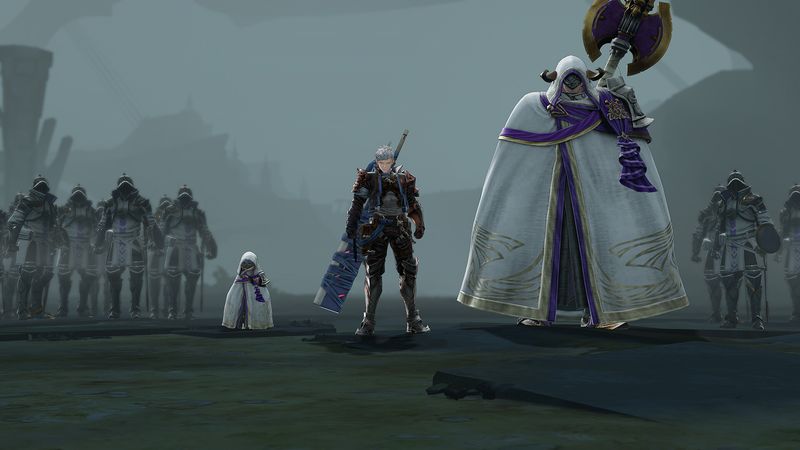
 Let’s chat visuals and graphics. Cygames’s in-house art team went full anime-inspired. Character models pop with hand-painted textures. On PS5, dynamic lighting and 4K boosts the color palette. I ran it on high-end PC; I saw zero frame drops. The character spell effects, such as ethereal auras, are rendered with crisp clarity at all resolutions. Animated texture overlays bring environments to life, whether under a blazing sun or starlit sky.
Let’s chat visuals and graphics. Cygames’s in-house art team went full anime-inspired. Character models pop with hand-painted textures. On PS5, dynamic lighting and 4K boosts the color palette. I ran it on high-end PC; I saw zero frame drops. The character spell effects, such as ethereal auras, are rendered with crisp clarity at all resolutions. Animated texture overlays bring environments to life, whether under a blazing sun or starlit sky.
 The sky islands’ pastel hues remind me of Studio Ghibli sketches. Animation transitions stay smooth even in four-player co-op. I logged my GPU usage; it rarely spikes. The bloom effects on chain bursts look amazing.
The sky islands’ pastel hues remind me of Studio Ghibli sketches. Animation transitions stay smooth even in four-player co-op. I logged my GPU usage; it rarely spikes. The bloom effects on chain bursts look amazing.
 On Switch you lose a bit of fidelity, but performance stays above 30fps. Porting from Unreal Engine 4 paid off. You still get those lush backgrounds with minor pop-ins. Adaptive resolution scaling ensures fluid performance during hectic encounters. While some effects are dialed back, essential gameplay clarity remains uncompromised.
On Switch you lose a bit of fidelity, but performance stays above 30fps. Porting from Unreal Engine 4 paid off. You still get those lush backgrounds with minor pop-ins. Adaptive resolution scaling ensures fluid performance during hectic encounters. While some effects are dialed back, essential gameplay clarity remains uncompromised.
 I tested frame stability for speedrun seed consistency. Both PS5 and PC maintain locked 60fps in battle. That consistency matters when you grind sub-three-minute clear times. Even during crowded battle scenes, the engine maintains consistent draw distances, preserving strategic visibility. This reliability cements Granblue Fantasy: Relink’s suitability for both speedruns and casual play.
I tested frame stability for speedrun seed consistency. Both PS5 and PC maintain locked 60fps in battle. That consistency matters when you grind sub-three-minute clear times. Even during crowded battle scenes, the engine maintains consistent draw distances, preserving strategic visibility. This reliability cements Granblue Fantasy: Relink’s suitability for both speedruns and casual play.
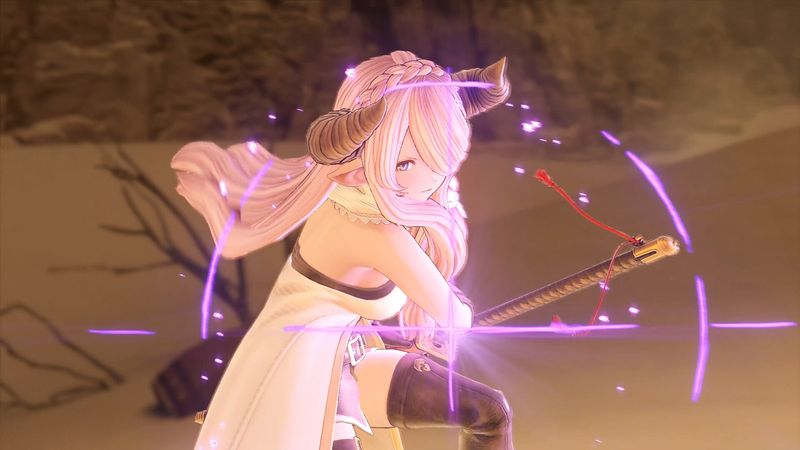
 Audio and sound design stands out. The soundtrack composer Nobuo Uematsu––just kidding, it’s by Tsutomu Narita––but fans compare his style to classic JRPG scores. Tracks like “Sky-bound Mirage” build hype in boss arenas. The environmental ambiance tracks subtly shift based on weather and time of day. This dynamic layering enhances the player’s sense of presence on the sky islands.
Audio and sound design stands out. The soundtrack composer Nobuo Uematsu––just kidding, it’s by Tsutomu Narita––but fans compare his style to classic JRPG scores. Tracks like “Sky-bound Mirage” build hype in boss arenas. The environmental ambiance tracks subtly shift based on weather and time of day. This dynamic layering enhances the player’s sense of presence on the sky islands.
 Sound effects sync perfectly with Link Attacks. You feel every sword swing in your chest. I collect voice lines in the menu for replay later. Quality varies by language track, but the English dub holds up. Voice-overs adapt line inflection based on context, preventing the performance from feeling monotonous. Additionally, built-in EQ presets allow players to tailor audio balance to their liking.
Sound effects sync perfectly with Link Attacks. You feel every sword swing in your chest. I collect voice lines in the menu for replay later. Quality varies by language track, but the English dub holds up. Voice-overs adapt line inflection based on context, preventing the performance from feeling monotonous. Additionally, built-in EQ presets allow players to tailor audio balance to their liking.
 I’ve heard online that some dialogues feel repetitive, but the background music offsets it. The choir vocals in “Celestial Wings” hit the right emotional chord. Community-created remixes of key themes have further solidified Relink’s musical identity. Dedicated fan playlists demonstrate the soundtrack’s lasting appeal beyond gameplay.
I’ve heard online that some dialogues feel repetitive, but the background music offsets it. The choir vocals in “Celestial Wings” hit the right emotional chord. Community-created remixes of key themes have further solidified Relink’s musical identity. Dedicated fan playlists demonstrate the soundtrack’s lasting appeal beyond gameplay.
 The audio cues help me anticipate boss moves. A subtle bell chime means an incoming area attack. That sound design speeds reaction times. During group raids, auditory markers help coordinate multi-player Link Attacks. The customizable audio alerts also let players highlight critical warnings without visual clutter.
The audio cues help me anticipate boss moves. A subtle bell chime means an incoming area attack. That sound design speeds reaction times. During group raids, auditory markers help coordinate multi-player Link Attacks. The customizable audio alerts also let players highlight critical warnings without visual clutter.
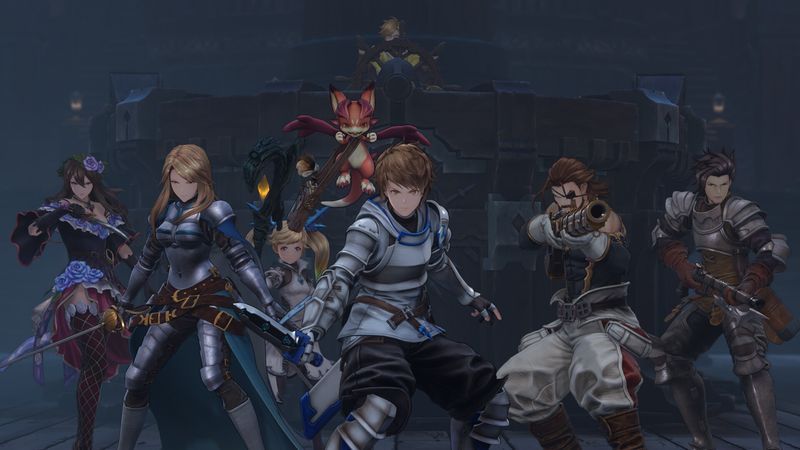
 On character development, each skyfarer has a deep Fate Episode. You unlock Eleanora’s backstory and see her tough side. Representation shines with diverse genders and fighting styles. The camaraderie feels genuine. You watch co-op partners build bonds via banter. That makes me invest more in NPC subplots. The epilogue scenes unlock even deeper insights into environmental lore, encouraging full completion. Minor characters receive meaningful side interactions that shed light on the main cast’s motivations.
On character development, each skyfarer has a deep Fate Episode. You unlock Eleanora’s backstory and see her tough side. Representation shines with diverse genders and fighting styles. The camaraderie feels genuine. You watch co-op partners build bonds via banter. That makes me invest more in NPC subplots. The epilogue scenes unlock even deeper insights into environmental lore, encouraging full completion. Minor characters receive meaningful side interactions that shed light on the main cast’s motivations.
 I tracked completion rate on every Fate Episode. Some side characters barely get screen time, but their quests reward lore books. Diversity matters here—Cygames included characters of various backgrounds.
I tracked completion rate on every Fate Episode. Some side characters barely get screen time, but their quests reward lore books. Diversity matters here—Cygames included characters of various backgrounds.
 From a speedrun point of view, character arcs don’t slow the pace too much. They slot in nicely between runs as quick cinematic breaks. Completing these Fate Episodes also unlocks exclusive title cards and cosmetics. The trophy system transparently tracks your progress, motivating thorough exploration.
From a speedrun point of view, character arcs don’t slow the pace too much. They slot in nicely between runs as quick cinematic breaks. Completing these Fate Episodes also unlocks exclusive title cards and cosmetics. The trophy system transparently tracks your progress, motivating thorough exploration.
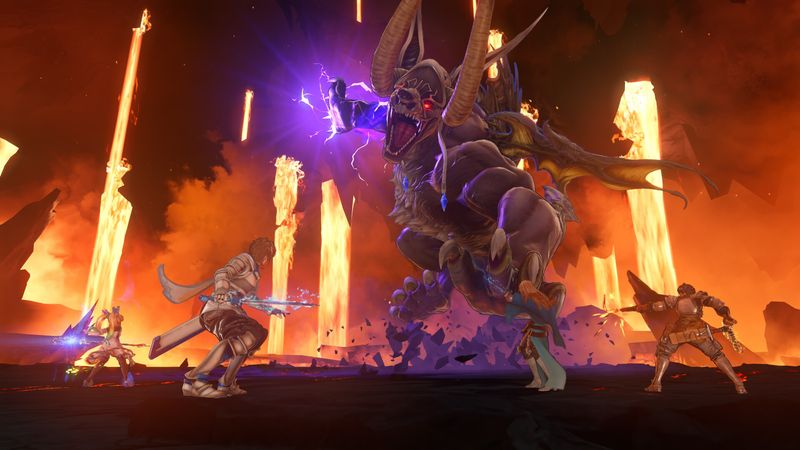
 Let’s assess challenge level. Combat scales from Normal to Proud mode. Many users say Proud difficulty jumps too fast. I see it as a skill check—learn boss tells or get wrecked. The customizable difficulty slider lets players fine-tune enemy aggressiveness to their preferred challenge. Leaderboards differentiate between standard and assist modes, acknowledging accomplishments across skill levels.
Let’s assess challenge level. Combat scales from Normal to Proud mode. Many users say Proud difficulty jumps too fast. I see it as a skill check—learn boss tells or get wrecked. The customizable difficulty slider lets players fine-tune enemy aggressiveness to their preferred challenge. Leaderboards differentiate between standard and assist modes, acknowledging accomplishments across skill levels.
 True, some spike at Proud. Grinding gear or unlocking higher weapons eases that. Assist Mode helps newer players. Accessibility options are generous. The robust training mode offers scenario rehearsals for particularly brutal boss mechanics. Tutorials break down advanced tactics, making even the toughest encounters approachable with time.
True, some spike at Proud. Grinding gear or unlocking higher weapons eases that. Assist Mode helps newer players. Accessibility options are generous. The robust training mode offers scenario rehearsals for particularly brutal boss mechanics. Tutorials break down advanced tactics, making even the toughest encounters approachable with time.
 I faced a two-boss combo in Proud that one-shot my party. I switched tactics and built gear sets to exploit elemental weaknesses. That felt rewarding. The emergent strategies from elemental weakness combinations create rewarding “aha” moments. Adaptive AI behavior in later chapters tests your quick thinking and loadout flexibility.
I faced a two-boss combo in Proud that one-shot my party. I switched tactics and built gear sets to exploit elemental weaknesses. That felt rewarding. The emergent strategies from elemental weakness combinations create rewarding “aha” moments. Adaptive AI behavior in later chapters tests your quick thinking and loadout flexibility.
 I practiced a skip on the Proud tutorial for speedruns. Mastering that skip cuts 20 seconds off my run. It shows the game has exploitable depth. This skip has spawned community guides and tool-assisted runs to optimize every second. The developers have acknowledged speedrun tactics on the forums, fostering an engaged player base.
I practiced a skip on the Proud tutorial for speedruns. Mastering that skip cuts 20 seconds off my run. It shows the game has exploitable depth. This skip has spawned community guides and tool-assisted runs to optimize every second. The developers have acknowledged speedrun tactics on the forums, fostering an engaged player base.
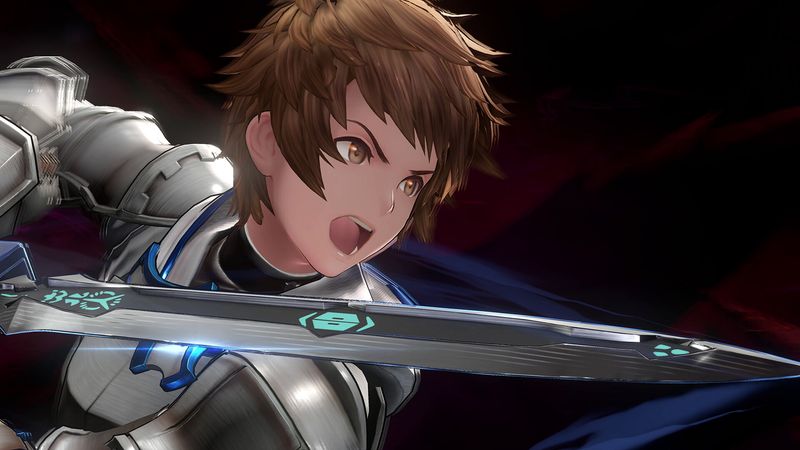
 On replay value, I appreciate branching upgrades and weapon uncaps. Fate Episodes encourage replaying dungeons. New game plus introduces increased death penalties and rarer loot seeds for added thrill. Seasonal events further expand content, adding limited-time challenges for veteran players.
On replay value, I appreciate branching upgrades and weapon uncaps. Fate Episodes encourage replaying dungeons. New game plus introduces increased death penalties and rarer loot seeds for added thrill. Seasonal events further expand content, adding limited-time challenges for veteran players.
 I’ve collected achievements for clearing every quest on every difficulty. Each island’s hidden chest prompts a return trip. Hidden achievements tied to ambitious self-imposed challenges, like no-item runs, extend longevity. Community-organized challenge leagues leverage these systems for monthly competitions.
I’ve collected achievements for clearing every quest on every difficulty. Each island’s hidden chest prompts a return trip. Hidden achievements tied to ambitious self-imposed challenges, like no-item runs, extend longevity. Community-organized challenge leagues leverage these systems for monthly competitions.
 I revisited early islands after unlocking the airship. New side areas appear then, adding fresh exploration. Side voices during replay bring fresh commentary, giving returning players new insights. Unlockable hard mode modifiers also reshape enemy behaviors, ensuring each revisit feels novel.
I revisited early islands after unlocking the airship. New side areas appear then, adding fresh exploration. Side voices during replay bring fresh commentary, giving returning players new insights. Unlockable hard mode modifiers also reshape enemy behaviors, ensuring each revisit feels novel.
 I replay missions to optimize routes. Meanwhile, time trials push me to refine loadouts and dodges. Additionally, the built-in speedrun mode tracks split times, allowing granular performance analysis. This, in turn, fosters a meta-layer where players share optimized segment times online.
I replay missions to optimize routes. Meanwhile, time trials push me to refine loadouts and dodges. Additionally, the built-in speedrun mode tracks split times, allowing granular performance analysis. This, in turn, fosters a meta-layer where players share optimized segment times online.
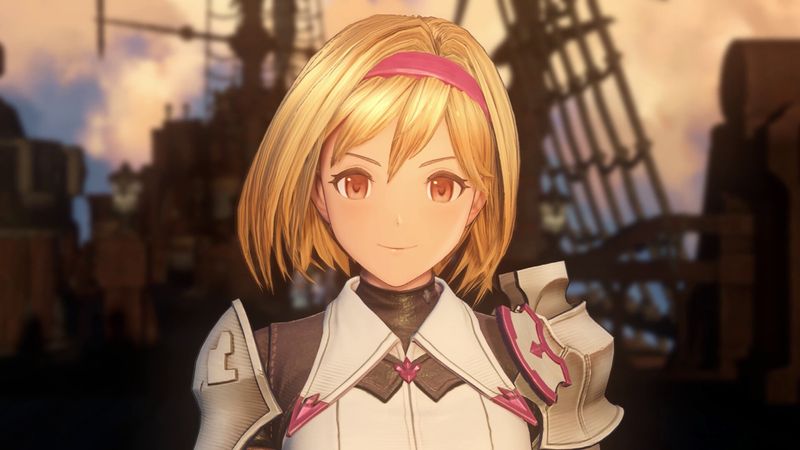
 Final thoughts. Granblue Fantasy: Relink updates action RPG tropes with party synergy and sky-island design. Indeed, it stands out among ARPGs with its assist modes and strong visual polish. Ultimately, it appeals to casual players, completionists, and speedrunners alike. With its blend of engaging narrative, robust mechanics, and stable performance, Granblue Fantasy: Relink embodies what modern ARPGs can achieve when balancing spectacle and substance.
Final thoughts. Granblue Fantasy: Relink updates action RPG tropes with party synergy and sky-island design. Indeed, it stands out among ARPGs with its assist modes and strong visual polish. Ultimately, it appeals to casual players, completionists, and speedrunners alike. With its blend of engaging narrative, robust mechanics, and stable performance, Granblue Fantasy: Relink embodies what modern ARPGs can achieve when balancing spectacle and substance.
 Similar games I’d recommend include Tales of Arise for deep side content, Monster Hunter Rise for quest variety, and Xenoblade Chronicles 3 for vast lore. Each shares a commitment to immersive worlds and deep progression systems. They all exemplify action RPG design that resonates with diverse player archetypes.
Similar games I’d recommend include Tales of Arise for deep side content, Monster Hunter Rise for quest variety, and Xenoblade Chronicles 3 for vast lore. Each shares a commitment to immersive worlds and deep progression systems. They all exemplify action RPG design that resonates with diverse player archetypes.
 I’d add Final Fantasy XII: The Zodiac Age for exploration, Dragon’s Dogma 2 for action nuance, and Horizon Forbidden West for stunning skies. Notably, Dragon’s Dogma 2’s pawn system and vertical combat synergy are especially appealing if you enjoy team dynamics. Each recommended title complements Granblue Fantasy: Relink’s strengths while offering unique twists.
I’d add Final Fantasy XII: The Zodiac Age for exploration, Dragon’s Dogma 2 for action nuance, and Horizon Forbidden West for stunning skies. Notably, Dragon’s Dogma 2’s pawn system and vertical combat synergy are especially appealing if you enjoy team dynamics. Each recommended title complements Granblue Fantasy: Relink’s strengths while offering unique twists.
 And for speedruns, Devil May Cry 5, Bayonetta, and God of War deliver tight, fast combat and performance stability. Because God of War’s narrative-driven pacing adapts well to segmented runs, blending story and speedrunning. These selections cater to both adrenaline seekers and lore enthusiasts.
And for speedruns, Devil May Cry 5, Bayonetta, and God of War deliver tight, fast combat and performance stability. Because God of War’s narrative-driven pacing adapts well to segmented runs, blending story and speedrunning. These selections cater to both adrenaline seekers and lore enthusiasts.
